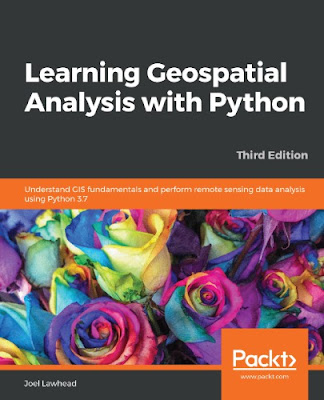by Kang-tsung Chang, 9th Edition
Preface of the Book
A geographic information system (GIS) is a computer system for storing, managing, analyzing, and displaying geospatial data. Since the 1970s GIS has been important for professionals in natural resource management, land use planning, natural hazards, transportation, health care, public services, market area analysis, and urban planning. It has also become a necessary tool for government agencies of all levels for routine operations. The more recent integration of GIS with the Internet, a global positioning system (GPS), wireless technology, and Web service has found applications in location-based services, Web mapping, in-vehicle navigation systems, collaborative Web mapping, and volunteered geographic information.







